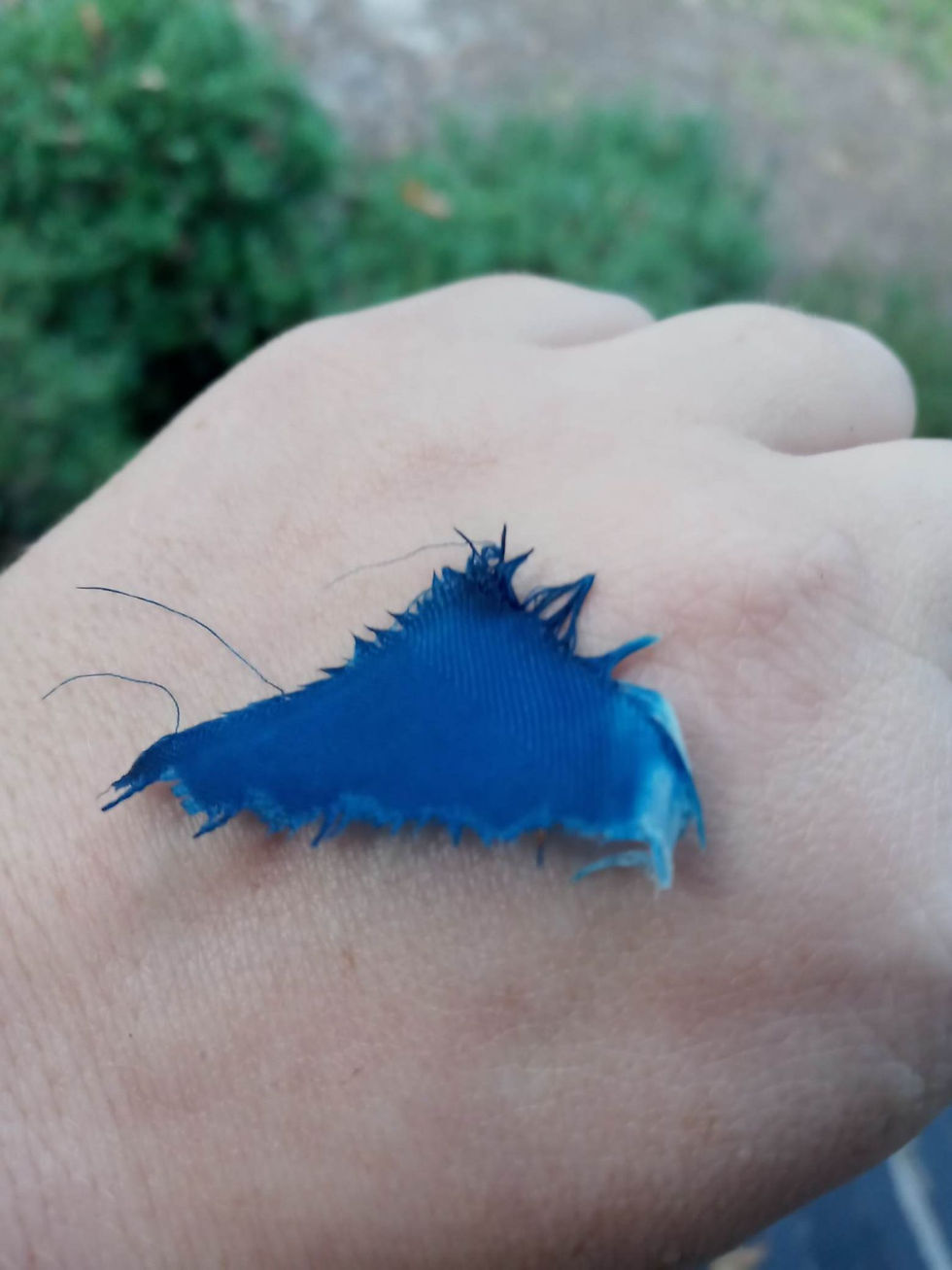The Codex Manesse Project - An Outline
- Renee Hougey
- Sep 28, 2021
- 4 min read
Updated: Dec 4, 2021
So... I'm not a garb person. Not really. I've been happy with my basic t-tunics since I was 14 and learned that garb with boning and multiple layers while camping in hot, humid weather is not really my thing. But I have had THIS garb in mind since I discovered the Codex Manesse about 9 years ago. It suits me - it is not fitted and there is nothing particularly ornate about it. But that means that to do it WELL entails a deep-dive.
It's straightforward. That doesn't make it simple, or easy, but it's a straightforward project.
What colors are there? Blue, pink, green, red, and yellow are the most common. I love deep green, and of the available colors, it looks best with pink. Unless I want to look like a Christmas tree.
What dyes were used to achieve those colors? Indigo, madder, indigo-and-weld, madder again, and multiple options for yellow (weld, saffron, turmeric, etc) - but I don't want to do a handsewn yellow, so I didn't bother to choose.
What types of cloth were available? Wool, linen, and silk. Cotton was technically available, but since I'm going for giddy hand-sewn, period-dyed stuff, we'll leave cotton to the side for now.
Which of those fibers took those dyes? Wool likes madder. Linen does not like madder. Silk will accept the dyes.
Assess which fibers were most likely used for which garments. Lightish green and pink underdresses were common, suggesting linen, as well as red and deep green underdresses of low sheen, suggesting wool. The outer garments of women tend to be rich colors, with a bit of sheen to them, suggesting silk (I like to use cotton velvet for this due to washability and similar sheen, but velvet at the time was almost exclusively silk - it is a willful anachronism).
What types of thread were common? Un-dyed thread was the norm, with linen being the most common in extant garments (silk thread has a tendency to disintegrate over time). A stark white band at the edges or surcoats supports the silk supposition.
How does the garment appear to fit? This is NOT a sideless style, and trying to create this garment based on contemporary Spanish surcoats leads to madness (trust me, I KNOW). There is enough space for a roomy sleeve, but it is quite modest. The front also appears to fall in large pleats originating from the neckline, which is supported by the Luttrell Psalter (which DOES feature a lot of early sideless surcoats, but pleated - not the Spanish style). A gold collar is seen at the top of noblewomen's dresses - always round, and always the same approximate width covering the top of the garment beneath (noblemen had both round and v-neck collars of a similar ilk, worn with tabards over armor and in regular clothing). The garments come close to the base of the neck, and the collars and bodices appear to button in a few isolated panels. Sleeves are fitted with gold cuffs, often featuring a row of white buttons on the lower half of the forearm. Extant buttons of the era suggest that these white buttons may have been lead, but attitudes at the time regarding pearls (and the lack of other ornamentation that would explain pearl popularity) make me comfortable using pearl buttons. The women's dresses usually drape slightly at their feet, with full skirts often hitched up in an elbow to reveal a contrasting lining.
Are there extant garments that suggest a pattern? A few semi-contemporary finds have surcoats that match the shape of the Codex Manesse surcoat. It is a simple shape with side gores, a shallow neck, and straight arm holes.
What accessories are there? Multiple types of headgear are depicted, but the woman I am re-creating wears a white filet and barbette with a ruffle. Where feet do appear, the women wear black, fitted, mildly pointed shoes (supported by extant shoes of the period). White gloves appear on women a few times, as well as vair-lined cloaks, but neither of these is critical to my plans. Hair is long and curly, suggesting braids worn to bed.
What am I re-creating?
Cloth of Gold collar and cuffs.
Undergarment, madder-dyed, with hand-spun undyed linen thread, felled and whip-stitched. Version one is pre-dyed madder pink damask of either cotton or linen, and will eventually be replaced (or complimented) with a hand-dyed wool twill.
Silk twill surcoat, indigo over-dyed with weld, lined with gold habotai silk, hand-sewn with undyed silk thread, ornamented with reeled silk stem stitch at hems
Linen filet and barbette with wool felt lining, sewn with undyed linen thread.
Handsewn turn shoes based on instructions in Shoes and Pattens, with first iteration being mahogany brown (the mahogany leather I have is softer than the black leather I have, and my fingers do not support starting with the stiffer material.)
Hair treated with period-plausible hair pomade and period-accurate scent, braided overnight and let loose just before the event, to achieve the tight waves.
I might possibly make hose and garters to go with this, as I am NOT wearing handmade shoes on bare feet - no foot stink on the hand-sewn leather! I am more likely to buy pattens than make them, but as neither is depicted in the panels I'm re-producing, they will be a matter of practicality when the rest is finished.
I have made iterations of all of these except the turn shoes previously (this is my fourth reasonable attempt at full Codex Manesse garb - it's SO comfy! - but my first attempt to be as accurate as possible).



Comments